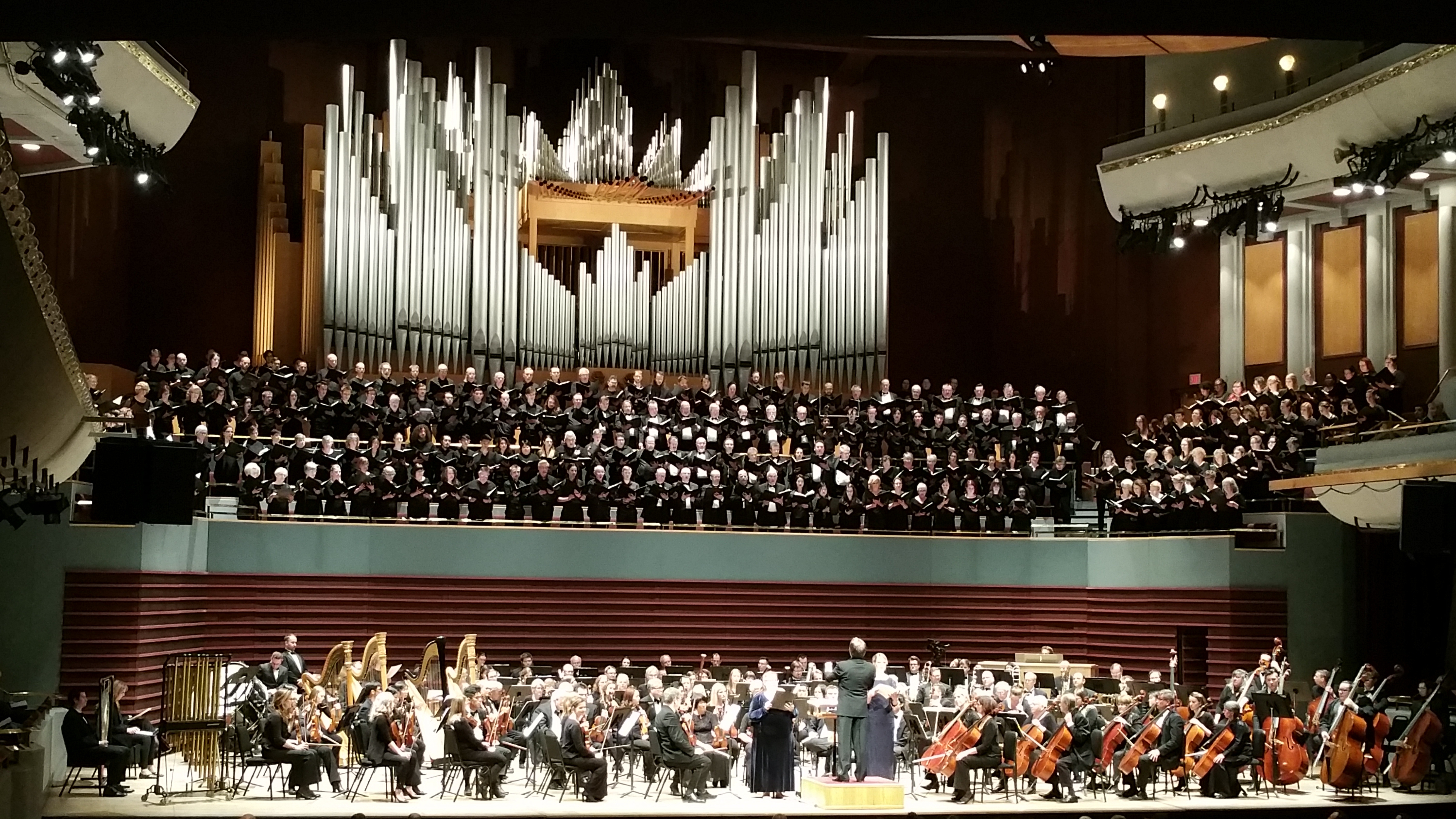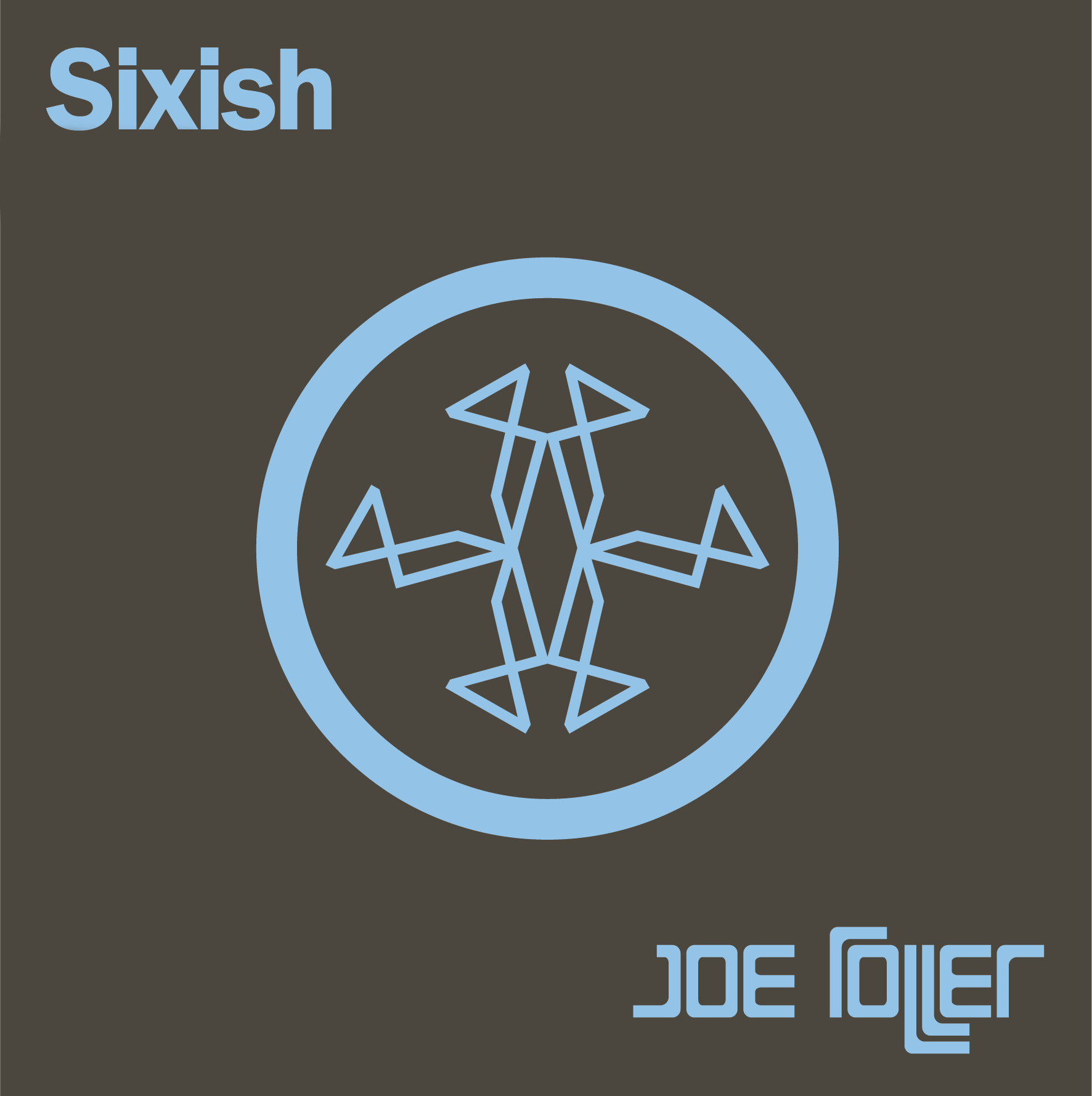Over the course of the summer, I completed a few different creative projects. The first one was a transcription of Bach’s famous Passacaglia and Fugue in C Minor BWV 542 from organ to solo piano. The second project was an original trance track called “Arapahoe Wind” that featured orchestral breakdowns and some real wooden flute playing. The third project was a transcription of Buxtehude’s Chaconne in E Minor BuxVW 160 for two pianos. There are many more dance projects that are still in the loop stage, and due to a volume of other work I had to do for students as well as launching some websites, those are on the back burner for now. The other projects I completed were mostly recordings of songs for vocalists I’m working with, so that they can use them as practice tracks with their parts played out for them and the accompaniment. Despite that, I managed to write a few thousand measures of music across different styles this year, and now that I don’t have to worry about my honors thesis, and soon my other web projects will be done, and I can thankfully continue to work on music and finish up all the dance tracks I wrote so they can be published in 2020 after some rebranding efforts.
I follow a simple creative process. In fact, there are only really three steps I follow, called PIE: Plan, Implement, Evaluate. Anyone can follow these steps. I want to devote most of this post to the evaluation stage, because that stage is the most demanding and hardest out of all the stages. My friend who is a wonderful trumpet player asked me in depth questions about the evaluation of my work, so I thought if it was interesting for him to hear about, I thought I’d share most of that step with anyone who reads my blog.
Plan
Anyways, first, I plan out time to complete the project and balance it with the other work I committed too. Paid work generally takes priority over work I do for my own enrichment, so a project may be delayed if its profitability is lower than a paid project. During planning, I weigh the amount of time I have for a project versus the amount of time my teaching schedule allows, the work I’m doing for other people allows, as well as maintaining my health through yoga classes and gym time and seeing my friends outside of work so I don’t go insane (assuming I’m not already there). Usually I have about four hours of solid work time every day that I can allot to working on projects.
Implement
Second, I implement the project. That is, I start to do it. I work on projects no matter how I’m feeling. A lot of people will be surprised know that my musical output has nothing, if anything, to do with my emotional state or life experiences. It has to do with, well, the music. If I wake up in a bad mood and I’m working on a happy piece, you won’t hear it in the piece. Since projects usually take up a few weeks of time to complete, my daily moods simply cannot enter the music. Otherwise, the piece would end up being a haphazard collage of me feeling sad, me feeling burned out, me feeling excited, or me after drinking my fifth cup of coffee. No one wants to hear that. Consequently, I completely separate myself from the music that I make, whether its classical, jazz, electronic, or the commercial stuff that supplements the better work.
I also stopped writing about experiences I had in my life in my music. When I was younger, I only wrote musical narratives about what happened in my life. The pieces might have well been little vignettes about me going to school, travelling, going to shows and parties, and whatever else. I stopped doing this because my music had a limiting appeal. If I only write about myself, then the only person who will identify with the music is me, or people who feel similar emotions to the ones I do. While I don’t think that there’s anything wrong with that, I wanted to have a wider musical reach and devote the music to more interesting topics. Instead of writing about some music festival I attended, why not write about a feeling or sensation that more people can identify with? What about the creation of the world, or how people fall in love, or what it feels like to be abandoned, what it feels like to be elated? These are bigger, sexier, more applicable topics to other people. After I made that decision, my reach increased with the musical quality.
Anyways, implementing the project is usually pretty easy, provided I sit down and do it.
Evaluation
The last step is the evaluation stage. When I evaluate a project, I ask the following questions:
- What is the overall quality of the music? How does this compare to what’s on the market? How does this compare to what I did in the past?
- What is the quality of the product? (Is it engraved well? How is the engineering?)
- What went well about this project? What went poorly about this project?
- What was the most significant challenge? Did I overcome it? How will I adapt to this project in the future?
I’m going to be as transparent as possible and not withhold anything, except the projects themselves since they are awaiting publication. If you want to get a copy or something, you can always contact me and I’ll send it over.
Since this post is already too long, I’ll only talk about the Bach transcription today.
Musical Quality
The music is very high quality. Obviously, it should be. Bach wrote it a few centuries ago in organ tab, and somehow it made it into me today, so it clearly has some staying power. It is among the greatest pieces ever written in music. It encapsulates many tone-colors and emotions, while incorporating dissonance in an inventive, sexy way. It inspired me to complete the project. So, the music is very high quality.
Product Quality
The engraving is adequate. It was challenging to engrave this piece since there is just so much information in the score to get across in a very limited space. The right hand has to play three voices simultaneously, and many times the middle voice switches between hands. Balancing this information in a readable way was quite difficult. Once a staff has more than two voices playing simultaneously, it gets quite hard to read no matter what kind of engraving tricks you have in your toolbox. To mitigate this issue, I mostly combined the multiple voices into two voices per staff. This was done at the expense of someone who wants to analyze the piece, because the voices in the double-fugue are blended together for readability because I thought that was more important than someone who needs to know exactly what the soprano voice does at all times.
What went well? Poorly?
What went well were the interpretive notes I made to Bach’s music. It was very freeing to be able to do whatever I want. In piano lessons, sometimes I had debates about the proper way to play Bach with my teacher. In fact, most of the times the debates would end with him saying quite honestly “well we don’t know what he thought, so if you think it sounds better then play it that way.” And I did, and most of the time it sounded better. My interpretation of Bach is largely based on what the great Russian masters of the past did anyways such as Richter, Gillels, Nikoleyeva, and Yudina compared to the pale, kitschy interpretations that modern artists usually present. Lionel Rogg and Czerny’s editions of Bach’s scores specifically shaped my playing of Bach’s music and how I crafted the interpretive marks on my transcription. To have the freedom to experiment with my favorite music is heaven to me!
What went poorly was the act of engraving the piece. I am a Finale expert. I used Finale since 2003 and when I was in high school my composition teacher had me hack Finale’s font and measure systems so that we could write scores in modern notation together. While, in practice, those experiences are honestly useless for anything that’s going to be played by another person ever, it did teach me a lot about Finale’s architecture and how to get the result I want. Engraving the transcription was troublesome because of bugs in Finale and how Finale’s defaults work. For some reason, caesuras I placed in measure 15 (for example, don’t quote me on this) would move around when I moved notes in measure 203. The result was that, after lots of time adjusting all the notes to what I want and revising them, caesuras would be in the middle of the page, which is simply unacceptable notation.
Finale’s defaults are geared towards someone who needs to write a lead sheet before church service, with big friendly printing and lots of space between notes, not someone trying to make an organ piece into a piano piece. I spent so much time adjusting beams, manually adjusting the heights of the notes, that I spent most of this project fighting Finale instead of writing music. I started to question the value of notating things digitally when I had to adjust the piece measure by measure, and line by line over the course of hundreds of measures.
Most significant challenge?
The most significant challenge was figuring out how to make an organ piece playable and easy to play on the piano. I purposefully wrote this transcription in a way that any advanced pianist could play it. I think that a student could learn it as early as high school, if he’s the type of student that already has a few Beethoven sonatas and Chopin etudes in his repertoire. That took much more thought on my end to accomplish. Most of my writing sessions were spent trying out different fingering combinations and different leaps, different placements of the alto or tenor voices in the left or right hand and figuring out how to make it intuitive. I did not write fingerings in this piece because I designed it in such a way that there is a maximum of two fingering options to play it. Consequently, each single measure is the result of about a half hour, or more, of work toying with all the different options on my own, then comparing it to the previous and subsequent measure to make sure that the musician who plays it can intuit the fingerings and the gestures easily.
The reason why I did this is because I want a lot of people to play this piece. If it’s too hard, no one will want to play it or spend the time learning it. If it’s too easy, a serious musician won’t take the time to study it. I want to make sure as many people can play my transcription as possible, so they can develop the same love for the piece that I have. Bach’s harmony is a joy to hear and analyze, but you don’t understand it until you can touch it and go to the place he went to when he wrote it.



